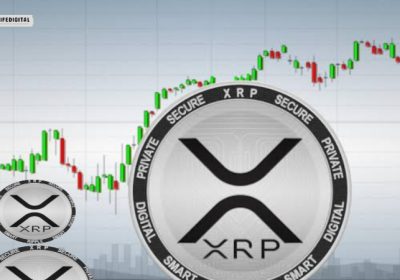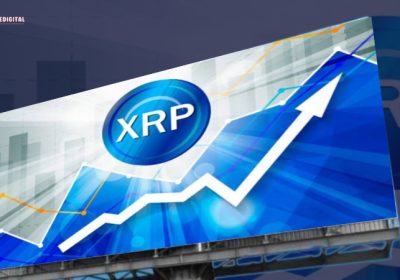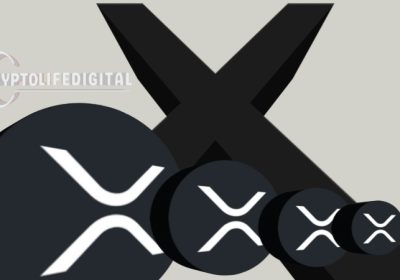Ripple Sets Sights on Dominating Digital Asset Infrastructure for Financial Services

Ripple, a prominent player in the blockchain and cryptocurrency space, has unveiled its ambitious goal, of becoming the leading digital asset infrastructure provider for financial services. This strategic shift focuses on building the essential building blocks that will enable traditional financial institutions to seamlessly integrate blockchain technology into their operations.
Core Components: Paving the Way for Blockchain Adoption
Ripple’s strategy revolves around providing a comprehensive suite of solutions that address the key hurdles faced by financial institutions when considering blockchain adoption. These core components include:
- On- and Off-ramps: Ripple aims to simplify the process of converting between fiat currencies and digital assets, providing secure and efficient mechanisms for institutions to enter and exit the crypto space.
- Custody Solutions: Institutional-grade custody solutions are crucial for safeguarding valuable digital assets. Ripple’s focus on robust custody infrastructure instils confidence in financial institutions considering blockchain integration.
- Compliance Tools: Navigating the ever-evolving regulatory landscape surrounding digital assets can be challenging. Ripple’s compliance tools aim to streamline this process, ensuring institutions operate within legal frameworks.
- Liquidity Management: Efficient liquidity management is fundamental for facilitating smooth transactions within the digital asset ecosystem. Ripple’s solutions address this need, providing institutions with the tools they need to manage liquidity effectively.
By offering these core components, Ripple positions itself as a one-stop shop for financial institutions seeking a secure and compliant path towards blockchain adoption.
A Shift in Strategy: From Payments to Infrastructure
Ripple’s product strategy has undergone a significant evolution. While the company initially focused on its XRP token and its role in facilitating cross-border payments, the current strategy emphasizes the broader infrastructure required for financial institutions to leverage blockchain technology. This shift reflects a growing understanding of the challenges faced by traditional finance in integrating with the crypto world.
The Road Ahead: Building a Bridge Between Worlds
Ripple’s vision is to bridge the gap between the established financial system and the innovative world of blockchain. By providing the essential infrastructure, Ripple aims to accelerate the mainstream adoption of blockchain technology within the financial services industry.
The success of this strategy will hinge on several factors:
- Meeting Regulatory Requirements: Ripple’s solutions must be compliant with evolving regulations to gain widespread adoption from financial institutions.
- Building Trust and Security: Financial institutions prioritize security above all else. Ripple needs to demonstrate the robustness and security of its infrastructure to earn their trust.
- Demonstrating Value Proposition: Ripple must clearly articulate the benefits its infrastructure offers compared to existing solutions.
If Ripple can successfully navigate these challenges, it has the potential to become a critical player in shaping the future of financial services by enabling a seamless integration of blockchain technology.
Follow us on Twitter, Facebook, Telegram, and Google News

Cryptolifedigital is a cryptocurrency blogger and analyst known for providing insightful analysis and commentary on the ever-changing digital currency landscape. With a keen eye for market trends and a deep understanding of blockchain technology, Cryptolifedigital helps readers navigate the complexities of the crypto world, making informed investment decisions. Whether you’re a seasoned investor or just starting out, Cryptolifedigital’s analysis offers valuable insights into the world of cryptocurrency.










